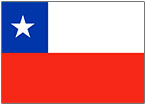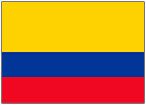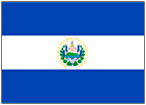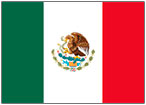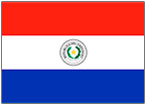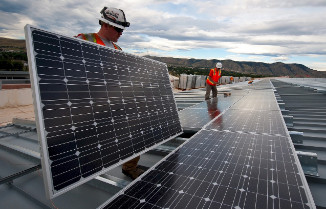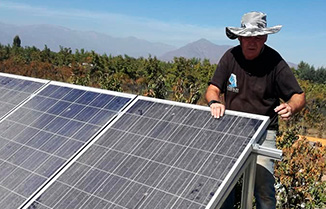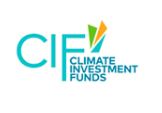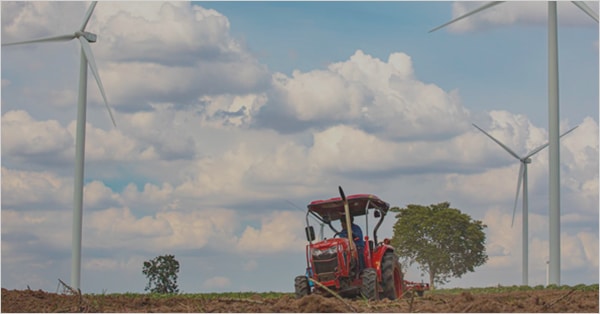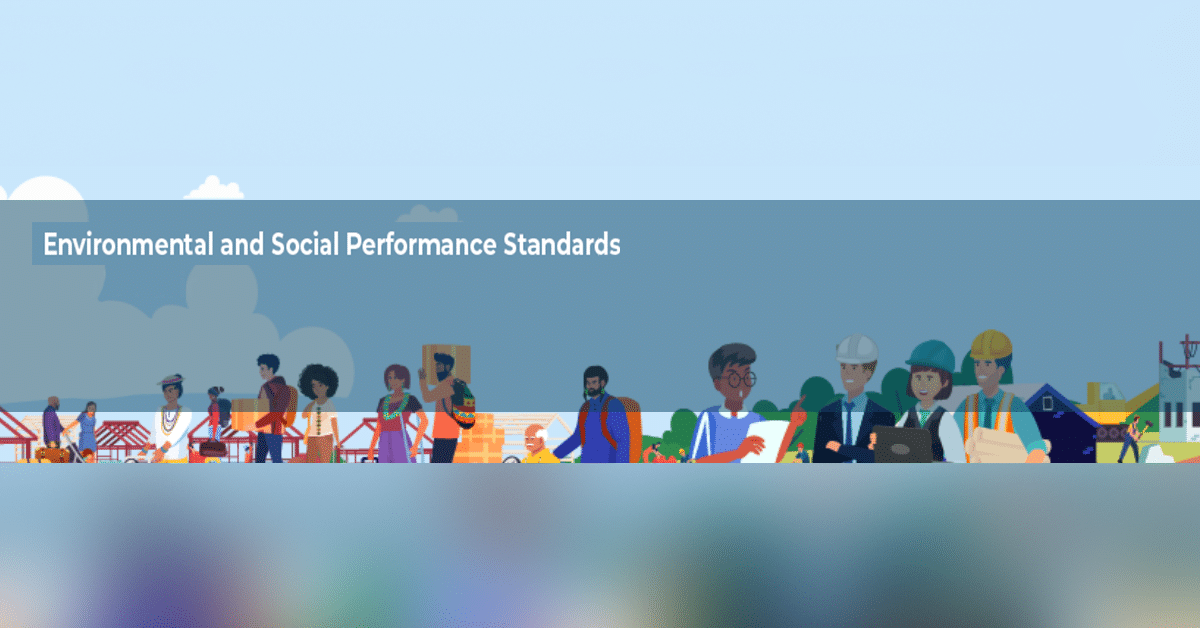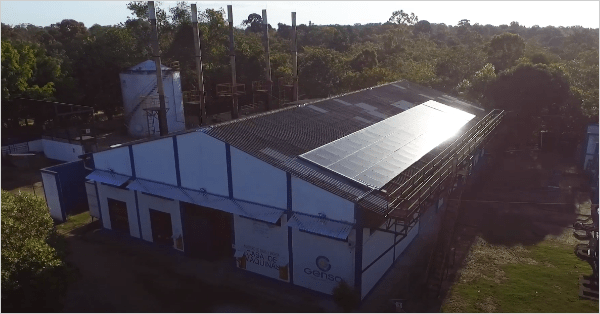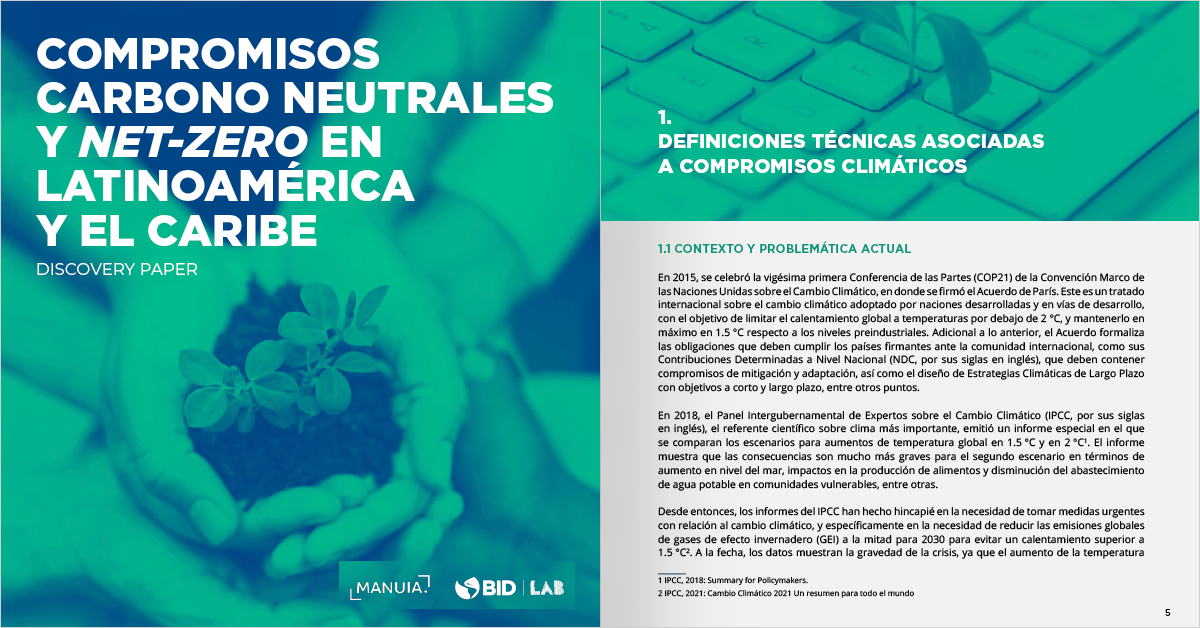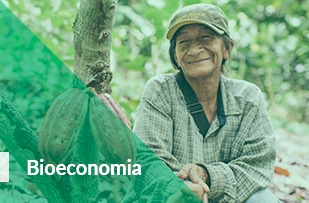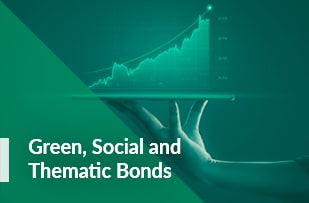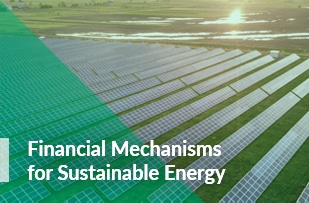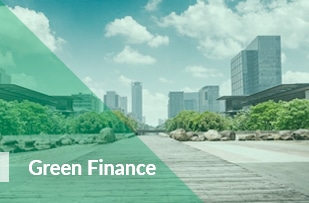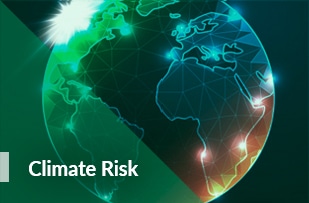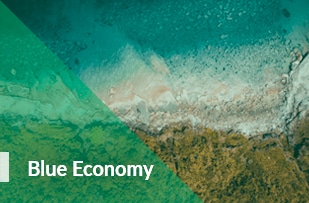Financial Mechanisms for Sustainable Energy
Financial instruments are fundamental to remove barriers and encourage investments that contribute to more efficient energy use, reduce the use of fossil fuels and mitigate climate change. The IDB has been developing and implementing innovative instruments such as concessional loans, green bonds, energy savings insurance (ESI), contingent grants, technology innovation facilities, performance contracts and project validation schemes. Efforts have been focused on promoting private investment, institutional strengthening and facilitating regulatory developments on the fronts of energy efficiency, renewable energy, sustainable transportation and energy storage.Scope of Activities

Energy Savings
Insurance - ESI ▾
Renewable
Energy ▾
Sustainable
Transport ▾
Energy
Storage ▾
Energy
Efficiency ▾
Energy Savings Insurance - ESI
The Energy Savings Insurance Program was implemented between 2016 and 2022 with the aim of removing barriers to energy investments through four instruments that mitigate project risks and build confidence of the parties:
1. Standard Contract. Guarantees the implementation and compliance of the project in terms of energy savings or energy generated.
2. Energy Savings Insurance. Insurance policy that financially compensates the investor in
case of non-compliance with the promise of savings or generation, the project provider manages and acquires the insurance policy in favour of the investor.
3. Savings Validation. It is carried out by an independent entity with experience in the certification of energy projects who evaluates and certifies that the project has the capacity to generate the projected energy savings.
4. Financing. The financial support required by clients or investors is channelled through financial institutions interested in creating a market and a portfolio of projects with assured energy savings. The client is responsible for applying to the bank for a loan to finance their project.

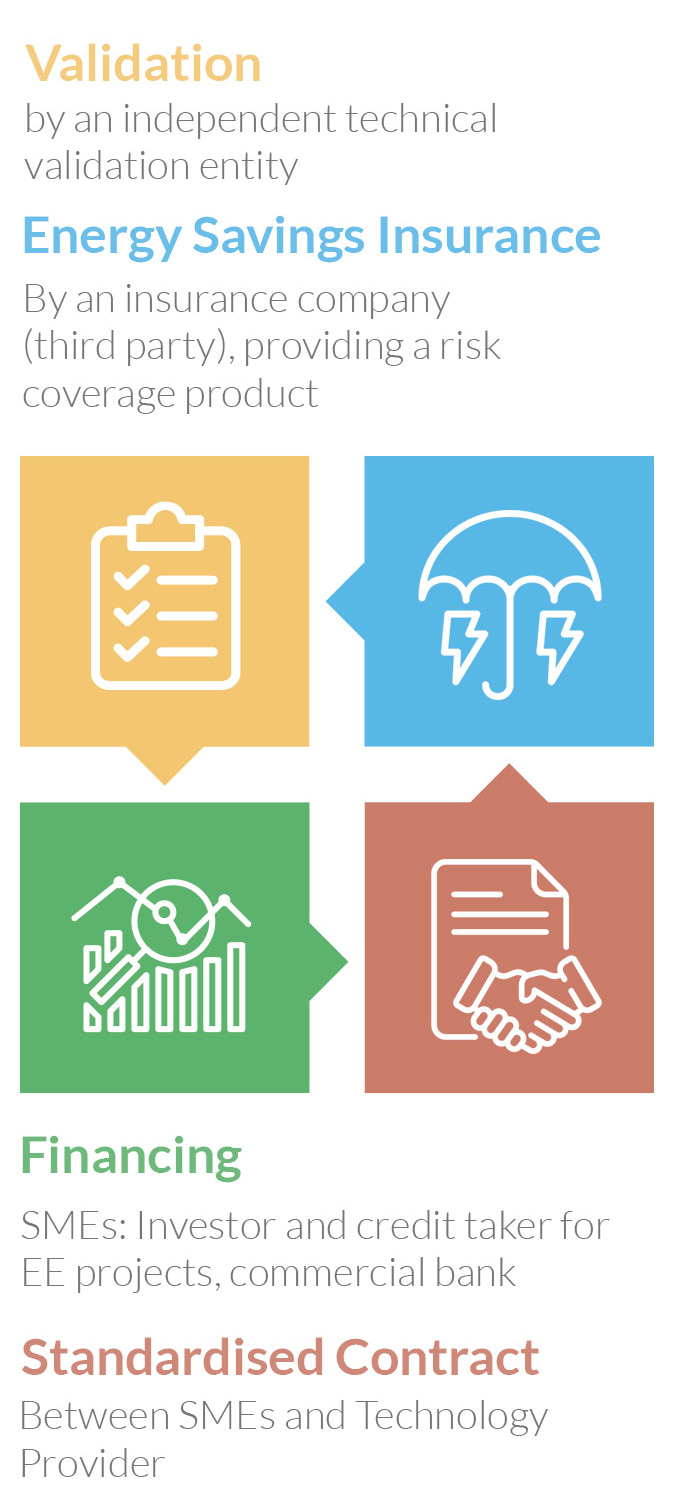
Renewable Energy
Support for the design and implementation of financial and non-financial instruments that remove barriers for new solar, wind, biogas, geothermal and biomass projects on and off the grid.
Sustainable Transport
The transport sector in Latin America and the Caribbean contributes to approximately 34% of energy-related greenhouse gas emissions. The Bank seeks to promote investments in lower emission vehicles such as hybrid and/or electric public and private transport fleets. Electric mobility represents a great opportunity for the countries of LAC, since reduces GHG emissions to the extent that the electricity grids in the region have relatively low emission factors, lower than in some developed countries. Electrical mobility also helps to reduce emissions of air and noise pollutants, improve local air quality and reduce the impact on health, particularly for inhabitants in urban areas. Interventions from the financial side are aimed at removing barriers to investment through risk mitigation mechanisms for investors and financial institutions and the development of innovative solutions driven by concessional climate funds. Some of the issues addressed are the analysis of concession contract models, technical and financial evaluation of specific projects, definition of investment models and support to financial institutions in building sustainable transport capacity.
Energy Storage
Is a critical tool for the expansion of renewable energy, enabling the electrification of transport and energy consumption in urban areas, in particular with grid-connected storage systems. There is a relatively wide range of technologies that can be exploited and their use will need to be extended as storage costs decrease, which is already happening progressively. It focuses on the development of schemes to facilitate investment in battery electric energy storage, in recognition of the multiple services that batteries can provide in the supply, demand and transmission of energy. Initially the Bank has focused on promoting the implementation and scaling up of hybrid solar/wind systems - small and large scale energy storage and the analysis of regulatory issues.
Energy Efficiency
Design and implementation of financial and non-financial instruments that promote investments in energy efficiency though technical cooperation and concessional funds.
Where it is implemented
Why Sustainable Energy?
Sustainable energy use seeks not to compromise the energy needs of future generations. It involves promoting low-carbon energy supply from renewable energy sources and optimizing energy use through more efficient equipment and practices.Goal 7 of sustainable development is to achieve universal access to modern energy in a reliable, affordable and sustainable manner by 2030. Expanding the use of modern technologies and facilitating access to local energy sources contributes to reducing poverty, promoting a better quality of life, strengthening competitiveness and promoting the economic development of countries.
Sustainable energy and barriers to investment:
 Limited financing for the adoption of new technologies.
Limited financing for the adoption of new technologies. Asymmetric and imperfect information that sends incorrect signals to potential stakeholders about the opportunities that sustainable energy provides.
Asymmetric and imperfect information that sends incorrect signals to potential stakeholders about the opportunities that sustainable energy provides. Performance risk, technical risk and uncertainty in terms of flows of investment projects.
Performance risk, technical risk and uncertainty in terms of flows of investment projects. Scarce experience in the implementation and management of projects.
Scarce experience in the implementation and management of projects. Poorly developed networks of equipment and technical service providers.
Poorly developed networks of equipment and technical service providers.Success Cases
ESI in the Region
The ESI Program has been consolidating in the region. Significant progress has been made in the socialization and promotion of the Program to local financial institutions, associations and investors (SMEs), in training and certification as experts in the use of risk mitigation tools for suppliers, in the development of project evaluation methodologies, in the identification of ESI project portfolios and in the involvement of validating entities.
To date, 11 development banks, 7 validating entities and 5 insurance companies are part of the initiative. The number of ESI projects exceeds 80, with investments in the order of $18.4 million in technologies such as solar photovoltaic, cooling, solar thermal and air conditioning.
The ESI Program is also being replicated in Europe by BASE with the support of the European Union’s Horizon 2020 Research and Innovation Programme. See details at: ESI Europe Program and GoSafe with ESI.
Energy storage in remote systems to increase access to energy in Central America.
Energy storage in remote systems to increase access to energy in Central America. The main objective of the program is to provide financing to expand private investments in energy storage technologies mainly in small off-grid cities or remote locations in Central America that combine energy storage with solar photovoltaic systems or hybrid photovoltaic systems combined with diesel where the use of energy storage technology results in a net reduction in diesel use. The initiative seeks to address some of the major barriers to small-scale storage investments, including, in particular, financial barriers such as lack of appropriate cost recovery mechanisms, high upfront costs, financial viability of customers and energy subsidies, as well as lack of familiarity with storage systems. The programme will also seek to address technical cooperation policies and regulatory issues.
Energy Efficiency in Public Lighting
This is an initiative of the Inter-American Development Bank (IADB), the Global Environment Facility (GEF) and Findeter to promote the modernisation of public lighting in Colombia, replacing low-efficiency luminaires with LEDs, through the design and implementation of a methodology to be tested in five pilot municipalities. The adoption of energy-efficient technologies contributes to the environment, improves the quality of life of the communities and promotes territorial development. More information here.
Renewable Energy Financing Programme in Non-Interconnected Zones
The alliance between the IDB and Bancóldex through the FINANCING PROGRAMME FOR RENEWABLE ENERGIES IN NON-INTERCONNECTED ZONES has successfully demonstrated that it is possible to provide access to financial resources under appropriate conditions, thus promoting the adoption of new renewable energy technologies hand in hand with local commercial banks. Watch the videos of the success cases here:
Partners on the Ground
Who is supporting Sustainable EnergyThe Inter-American Development Bank has partnered with major "green" players to catalyze investments in the Latin American and Caribbean region.
The IDB is promoting and expanding sustainable energy with support from the Government of Denmark through the Danish Energy Agency.
 Stay updated on the latest trends of Green Finance
Stay updated on the latest trends of Green Finance









